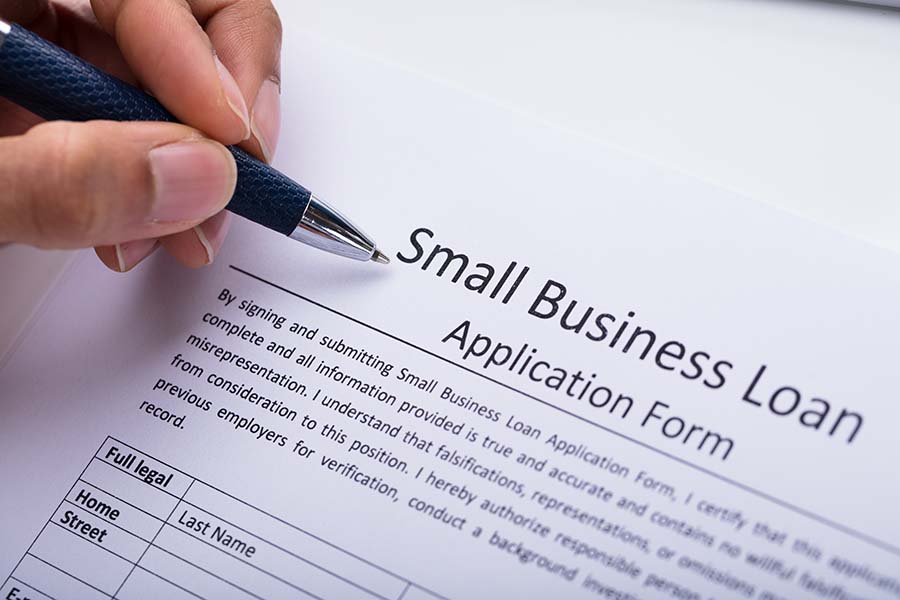Running a pizzeria isn’t just about making great dough. Often, it requires raising capital or – for those without investors – borrowing funds. For small business owners looking for accessible capital options, SBA loans can offer benefits beyond those provided through traditional loans.
This guide will walk you through how SBA loans work, their benefits and which loans might be appropriate to scale your pizzeria.
What Are SBA Loans?
SBA loans – or loans backed by the U.S. Small Business Administration – are a resource for pizzeria owners looking to secure business funding. Instead of lending money directly, the SBA works with approved lenders, guaranteeing a portion of the loan. This reduces the risk to lenders and makes it easier for small business owners to secure financing.
Whether you’re just starting your business or looking to expand, SBA loans offer a variety of funding options designed to meet different business needs.
Why SBA Loans can be a Great Fit for Pizzerias
Here’s why pizza entrepreneurs are finding SBA loans to be a good match:
- Competitive Terms: SBA loans often come with lower interest rates and fees than traditional loans.
- Flexibility: Options like longer repayment terms and lower down payments make large investments more manageable.
- Free Guidance: Many SBA loan programs include free business counseling, helping owners make smarter financial decisions for their pizzerias.
SBA loans offer a path to growth – from upgrading a pizza oven to launching that outdoor seating area to finally opening a second location.
Top SBA Loan Programs for Pizzerias
SBA offers several loan programs tailored to meet the unique needs of business owners. Here’s a breakdown of the top programs and how they can work for your pizzeria:
1. 7(a) Loan Program
The 7(a) Loan is the SBA’s most popular option for general-purpose funding. The loan can help a pizzeria:
- Buy a top-of-the-line pizza oven or other kitchen equipment.
- Expand the dining area to accommodate more customers.
- Cover operating expenses during slower seasons.
With loan amounts up to $5 million, the 7(a) program provides flexible funding for whatever a pizzeria needs. Learn more about 7(a) loans.
2. 504 Loan Program
Looking to add new location? The 504 Loan Program specializes in long-term financing for fixed assets such as:
- Purchasing real estate for a new location.
- Renovating or upgrading the kitchen space.
- Investing in energy-efficient technology
These loans can cover up to $5.5 million, making them ideal for big moves. Explore 504 loans.
3. Microloan Program
When a pizzeria is just getting started – or entrepreneurs need smaller amounts of funding – SBA’s Microloan Program might be a great option. With loans capped at $50,000, this program can help pizzeria owners purchase inventory, secure equipment or launch a marketing campaign.
4. Export Loans
Looking to expand to international markets or offer a frozen pizza delivery service? SBA export loans can provide financing to fulfill large supplier orders, manage export operations and handle trade-related expenses.
Are You Eligible for an SBA Loan?
While eligibility requirements vary depending on the loan type, here’s a quick overview of what’s generally required:
- Registered in the U.S.: Your pizzeria must be legally registered to do business and operate within the United States or its territories.
- Meet Size Standards: You must qualify as a small business based on the SBA’s size guidelines.
- Creditworthiness: Having a solid credit history and financial documentation helps build confidence with lenders.
- Need for SBA Assistance: You’ll need to demonstrate why traditional lending options don’t meet your needs.
The good news is that most small, family-run pizzerias typically meet these qualifications.
How to Secure an SBA Loan for Your Pizzeria
Here’s how you can get started with an SBA loan:
Step 1: Identify Your Needs
Define your funding goals. Are you upgrading your kitchen? Hiring more staff? Expanding to a new location? Understanding your business needs will help determine the right SBA loan program.
Step 2: Use the SBA’s Lender Match Tool
The SBA’s Lender Match Tool connects you with approved lenders that specialize in working with businesses like yours. Within two days, you’ll have lender options to explore.
Step 3: Gather Documentation
Your lender may request documents like:
- Financial statements.
- Tax returns.
- A detailed business plan (pro tip: outline how you’ll use the SBA funding to grow your pizzeria).
Step 4: Review and Submit Your Application
Work with your chosen lender to determine loan terms and finalize your application. Once approved, you’ll have the capital you need to level up your business.
Watch Out for Predatory Practices
Not all loans are created equal. Be on guard against predatory lenders that might target small businesses. Warning signs include:
- High interest rates.
- Excessive fees.
- Being rushed to sign forms.
When in doubt, consult a financial advisor or stick to SBA-approved lenders.
Explore SBA Loans
When you are seeking the right funding to transform your pizzeria from a local favorite into the go-to pizza destination, consider how SBA loans might fit your goals for growth.
To get started, explore loan options on the SBA’s loan page, or use the Lender Match tool to find the right lending partner.



